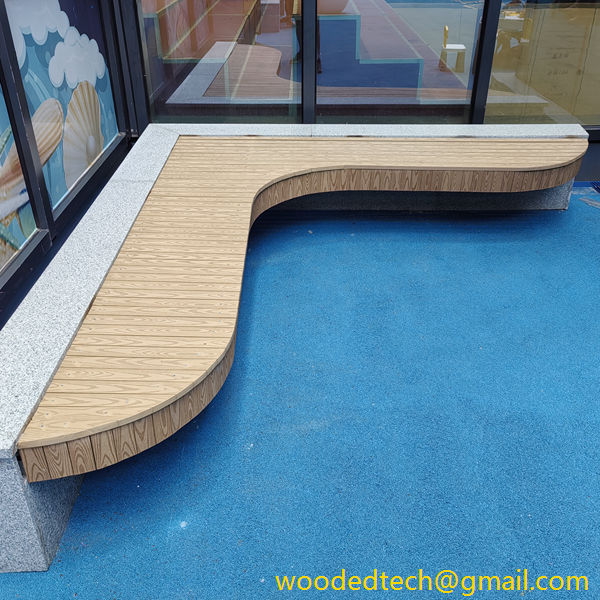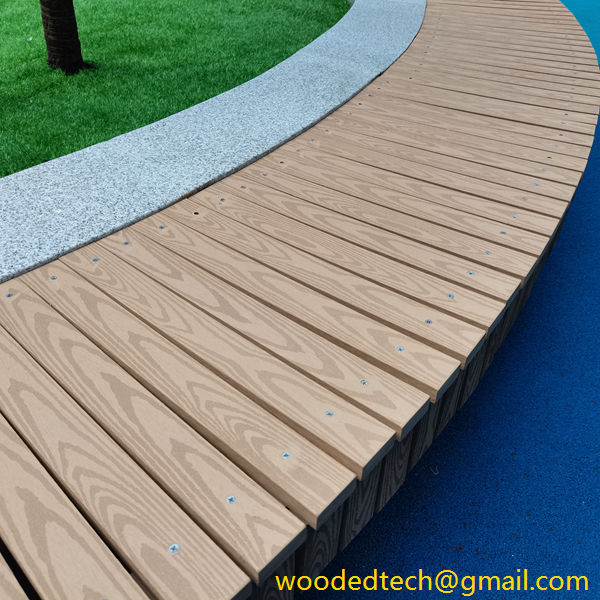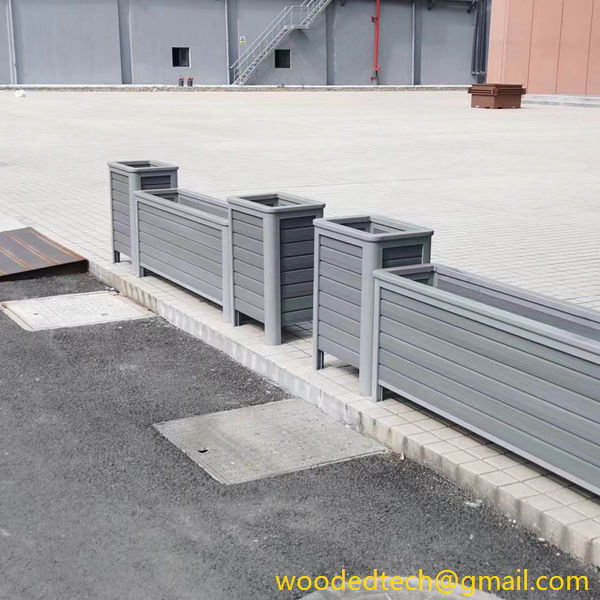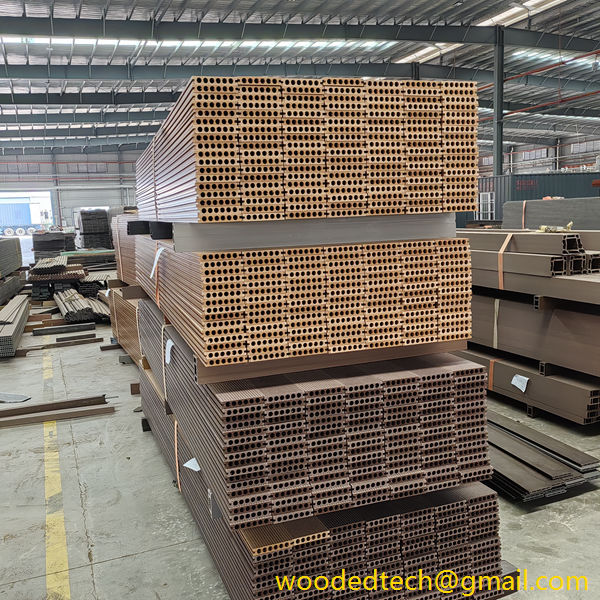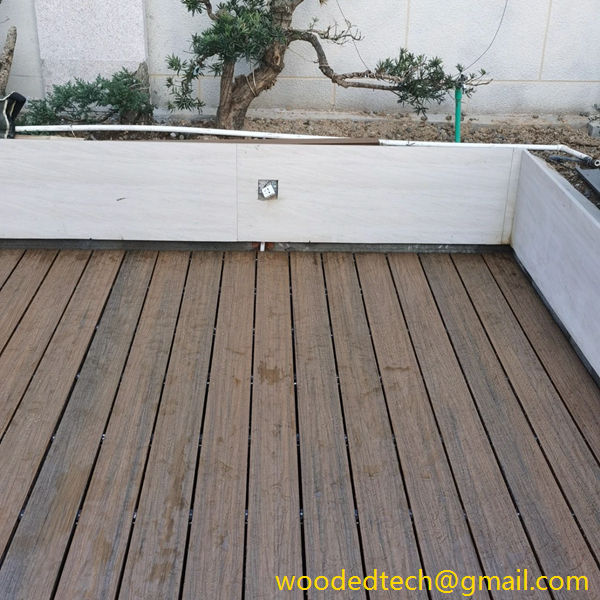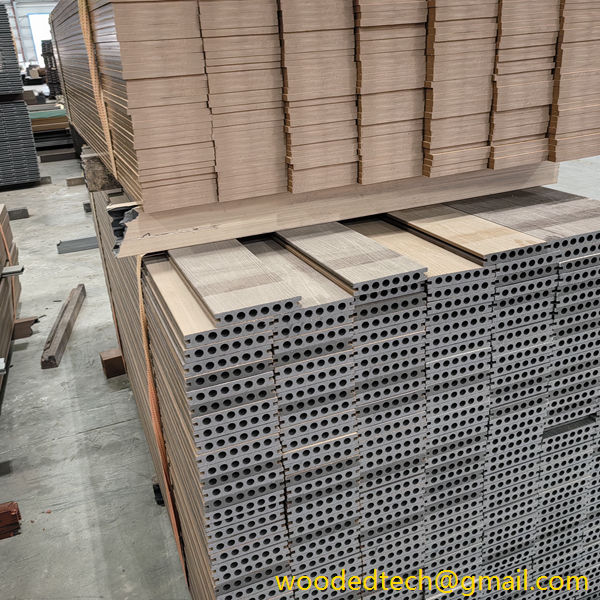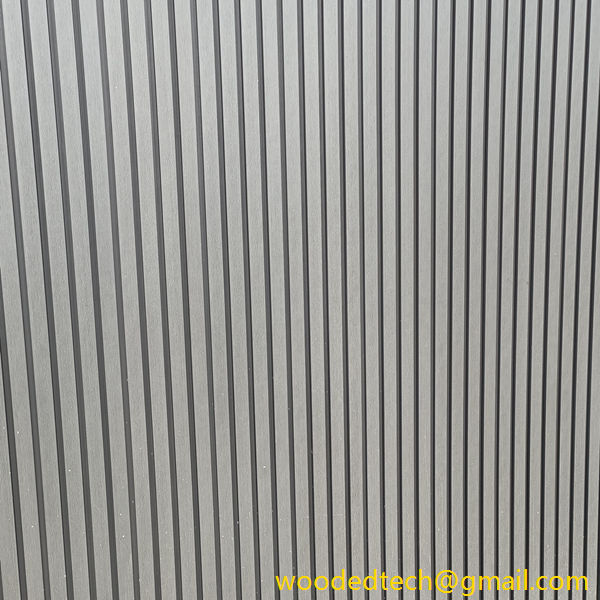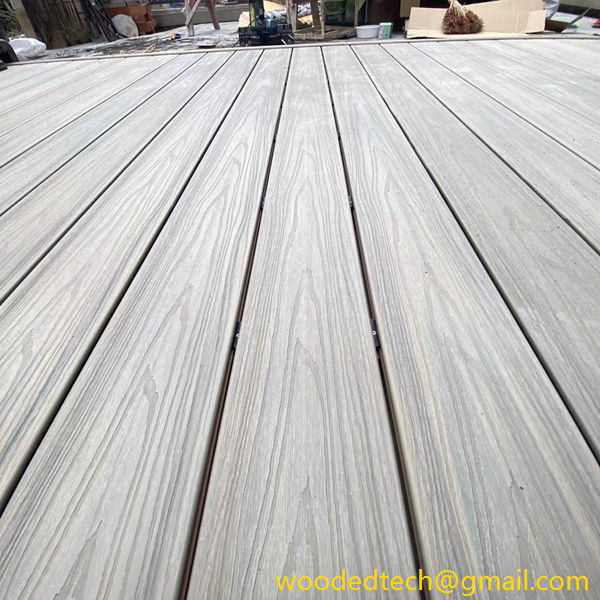Explore the Benefits of WPC Lumber for Your Building Projects
Explore the Benefits of WPC Lumber for Your Building Projects When it comes to building projects, choosing the right materials can significantly impact the overall success and durability of your construction. One material that has gained considerable popularity in recent years is Wood Plastic Composite (WPC) lumber. This innovative material combines the best properties of…
Explore the Benefits of WPC Lumber for Your Building Projects
When it comes to building projects, choosing the right materials can significantly impact the overall success and durability of your construction. One material that has gained considerable popularity in recent years is Wood Plastic Composite (WPC) lumber. This innovative material combines the best properties of wood and plastic, resulting in a versatile solution that offers numerous advantages for a wide range of applications. In this article, we will explore the benefits of WPC lumber for your building projects, focusing on its easy installation and overall performance.
WPC lumber is designed to be user-friendly, making it an ideal choice for both professional contractors and DIY enthusiasts. One of the standout features of WPC is its easy installation process. Unlike traditional wood materials, which often require specialized tools and expertise, WPC is engineered for straightforward assembly. Many manufacturers offer pre-grooved boards that allow for quick and simple installation with hidden fasteners. This eliminates the need for visible screws and nails, resulting in a clean and polished appearance for your finished project.
The lightweight nature of WPC lumber further contributes to its ease of installation. Traditional wood can be heavy and cumbersome, making transportation and handling a challenge. In contrast, WPC is often lighter, allowing for easier maneuverability on the job site. This lightweight characteristic not only makes it simpler for installers to work with but also reduces the potential for strain or injury, making it a safer option for construction crews.
Another benefit of WPC lumber is its resistance to moisture and rot. Traditional wood is susceptible to damage from water exposure and can warp, crack, or decay over time. This is a significant concern in outdoor applications such as decking, fencing, and landscaping. WPC lumber, however, is engineered to withstand moisture, making it a durable choice for exterior projects. This resistance to rot and decay means that once installed, WPC lumber requires less maintenance over its lifespan compared to traditional wood, allowing you to enjoy your investment without the burden of constant upkeep.
In addition to its moisture resistance, WPC lumber is also highly resistant to pests such as termites and other wood-boring insects. This is an important consideration for any building project, as damage from pests can lead to costly repairs and extensive replacements. The materials used in WPC lumber are not appealing to insects, providing an added layer of protection for your structure. This pest resistance further enhances the longevity of your building projects, ensuring that your investment remains intact for years to come.
Aesthetically, WPC lumber offers a wide range of options that can enhance the visual appeal of your projects. Available in various colors, textures, and finishes, WPC can mimic the look of natural wood while providing the benefits of composite materials. Whether you are designing a modern outdoor deck or a classic garden fence, you can find WPC lumber that complements your style and vision. The ability to choose from different designs allows homeowners and builders to achieve a customized look without compromising on performance.
Sustainability is another critical factor that makes WPC lumber an appealing choice for many building projects. As environmental concerns continue to grow, more and more builders are seeking sustainable materials that minimize their ecological footprint. WPC lumber is typically made from recycled plastic and reclaimed wood fibers, making it an eco-friendly alternative to traditional lumber. By choosing WPC, you are not only investing in a durable product but also contributing to a more sustainable future.
The durability of WPC lumber is particularly noteworthy. Unlike traditional wood, which can be prone to fading and discoloration due to sun exposure, WPC is engineered to resist UV rays. This means that your outdoor projects will maintain their color and appearance over time, reducing the need for frequent refinishing or replacement. Additionally, WPC lumber is not susceptible to splintering, making it a safer option for families with children or pets. The smooth surface of WPC boards ensures a comfortable and secure walking surface, providing peace of mind for homeowners and builders alike.
When considering the cost of building materials, it is essential to look at the long-term investment. While WPC lumber may have a slightly higher initial cost than some traditional wood options, its durability and low maintenance requirements can lead to significant savings over time. By reducing the need for repairs, replacements, and ongoing maintenance, WPC lumber can ultimately prove to be a more economical choice in the long run.
In conclusion, WPC lumber offers a multitude of benefits for your building projects, particularly in terms of easy installation and long-term performance. Its user-friendly design, lightweight nature, and resistance to moisture and pests make it an attractive option for both professionals and DIYers. With a wide range of aesthetic choices, sustainable materials, and durability, WPC lumber stands out as a smart investment for any construction endeavor. Whether you are building a deck, fence, or other outdoor structure, consider incorporating WPC lumber into your plans for a successful and efficient building project that you can enjoy for years to come.

